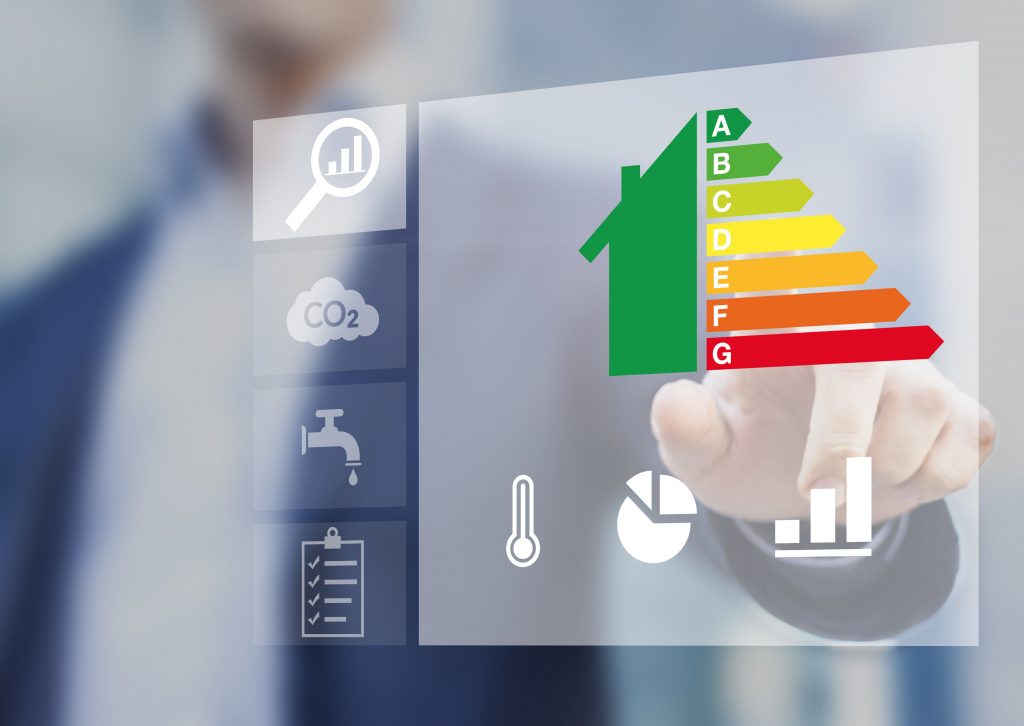
Summary: What’s new?
As part of the new Building Energy Act, which comes into force in 2024, adjustments will also be made to the funding landscape. A new BEG guideline is currently being drawn up, the main aim of which is to make it easier to replace heating systems. Please note that this information is based on the current status of discussions as of 12 October 2023 and will be continuously updated. The final directive is expected to be published in the Federal Gazette at the end of November. Until official publication, the information is provisional and changes may be made at any time.
What should I bear in mind with the new deadlines?
If the subsidy has not been used, a new application can be submitted within 12 months without a blocking period under the conditions of the then current subsidy programme guidelines. This regulation only applies to heating applications and not to other energy-efficient measures such as the building envelope. Once the contract has been awarded, changes are no longer possible.
Which institution will be responsible for the individual funding programmes in 2024?
From the turn of the year, there will be a significant change in the responsibilities for subsidising heating systems as part of the Federal Funding Programme for Efficient Buildings (BEG). For the most part, this responsibility will be transferred from the Federal Office of Economics and Export Control (BAFA) to the Kreditanstalt für Wiederaufbau (KfW). Only the promotion of building networks, be it their construction, expansion or optimisation, remains the responsibility of BAFA. Subsidies for efficiency measures, including the building envelope, system technology and heating optimisation, will also remain the responsibility of BAFA. Responsibility for connecting to a building or heating network also remains in the hands of BAFA.
What are the new heating subsidy rates for 2024?
All systems listed in the Building Energy Act (GEG) as fulfilling all relevant criteria are to be subsidised; in the case of hydrogen heating systems, only the additional costs for H2 readiness are likely to be eligible.
There will then be a basic subsidy of 30% for residential and non-residential buildings for the replacement of heating systems, which will continue to be available to private owners, landlords, companies, organisations, municipalities and contractors regardless of income.
In addition, there is to be an income bonus of 30% for owner-occupiers only, which will be based on a taxable household income of up to a maximum of €40,000 per year.
Furthermore, there is to be a climate speed bonus of 25%. This bonus is then to increase by 5% each year from 2025 to 2027 (2026: 20%, 2027: 15%) and then by 3% each year thereafter (2028: 12%, 2029: 9% …). The bonus applies to all owner-occupiers, housing companies and landlords whose gas heating system is at least 20 years old at the time of application or whose buildings have oil, coal, gas or night storage heating.
There is an efficiency bonus of 5% for heat pumps if water, ground or waste water is tapped as the heat source or a natural refrigerant is used.
These bonuses can be combined with the basic subsidy, but may not exceed 75%.
What are the subsidy rates for other individual measures?
No official information is yet available as to whether the existing bonus of 5% for an iSFP for the building envelope and system technology will remain at this level. Up to and including 2025, the funding rate for the building envelope, systems engineering and heating optimization funding segments will increase to 30%; from 2026, this is then to be reduced again to 15%
What are the maximum eligible costs?
The maximum eligible investment costs for replacing a heating system are 30,000 euros for a single-family home.
For multi-family houses, the limit for replacing the heating system is 30,000 euros for the first residential unit. For the second to sixth residential unit, the limit is set at 15,000 euros. From the seventh and each additional residential unit, the amount is to be set at 8,000 euros.
This regulation also applies to WEGs (heating replacement)
The maximum limit of eligible costs for heating systems can only be claimed once and not per calendar year.
The following limits apply to non-residential buildings:
30,000 euros for buildings up to 150 square meters net floor area (NGF)
200 euros/sqm net floor area for buildings with > 150 to 400 sqm net floor area
120 euros/sqm net floor area for buildings with > 400 to 1,000 sqm net floor area
80 Euro/sqm net floor area for buildings with > 1,000 sqm net floor area.
The maximum eligible costs for efficiency measures are EUR 60,000 per residential unit (if a renovation roadmap is available) or EUR 30,000 without a renovation roadmap. If an owner is not entitled to apply for an individual renovation roadmap (iSFPL) and cannot obtain a subsidized iSFPL, the maximum limit of EUR 60,000 also applies to them.
For non-residential buildings, the maximum limit of eligible costs for efficiency measures is 500 euros/sqm of gross floor area.
The maximum limit applies in addition to the eligible costs for replacing the heating system. In total, Maximum limit of 90,000 euros for eligible costs if the heating replacement and efficiency measures are carried out with an iSFPL.
The maximum limits for eligible costs apply to measures on the building within one calendar year
The subsidy for efficiency measures can be applied for together or separately with the subsidy for heating system replacement.
The funding limit for heating systems applies including surrounding measures. If the maximum eligible costs are reached, environmental measures can be subsidized via the efficiency measures; however, this should then only be possible at the subsidy rates of 15% or 20% (with iSFPL). In purely theoretical terms, this means that a heating system in a single-family home can be subsidized with 90,000 euros (30,000 euros via the heating subsidy and 60,000 euros via corresponding efficiency measures with iSFPL). However, only 20% of the 60,000 euros for efficiency measures can be subsidized (subsidy rate with iSFPL), while 30-70% of the 30,000 euros for heating can be subsidized.



